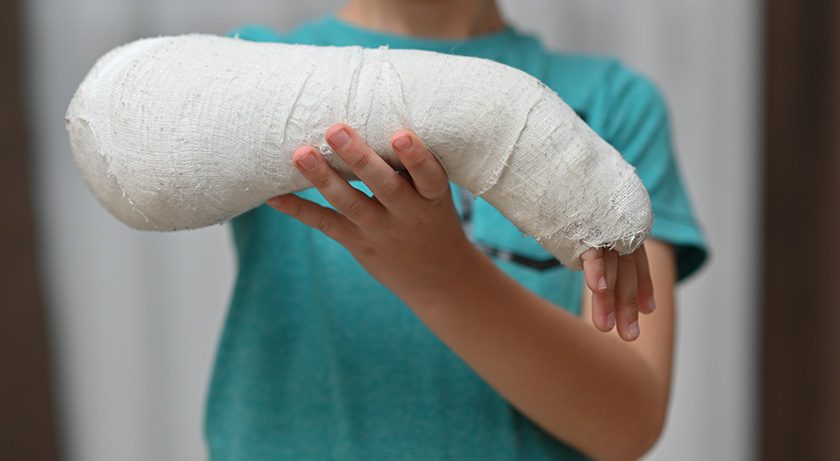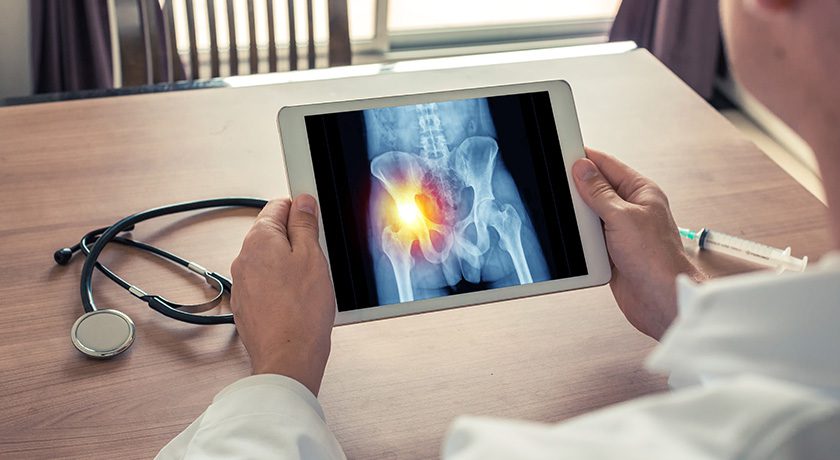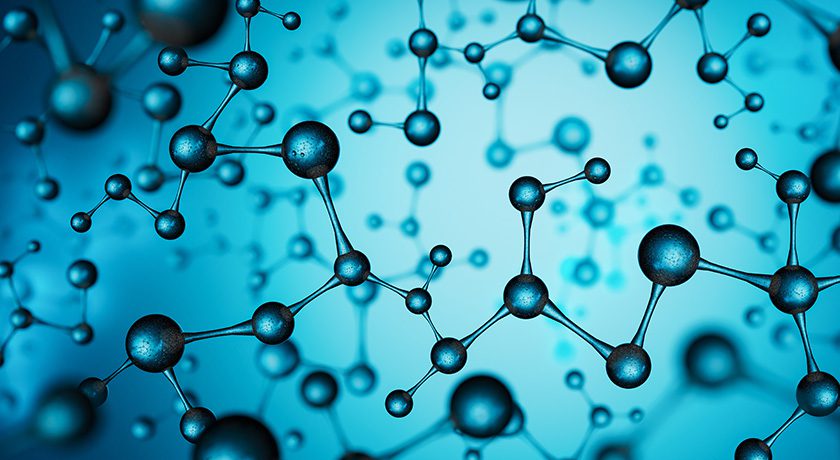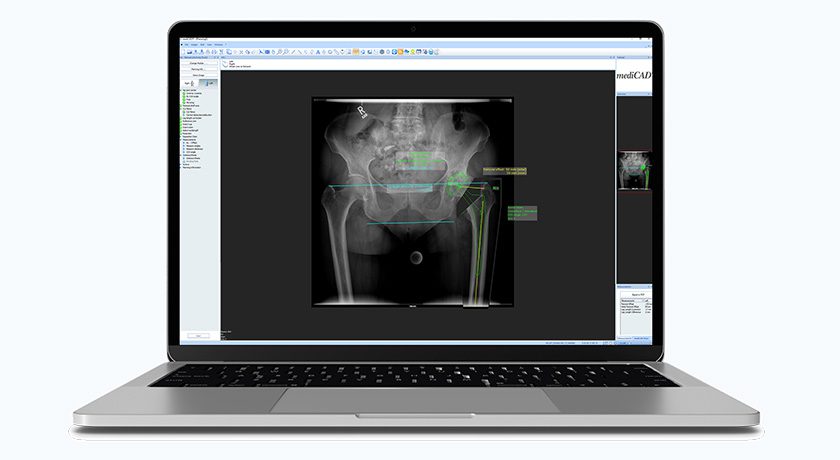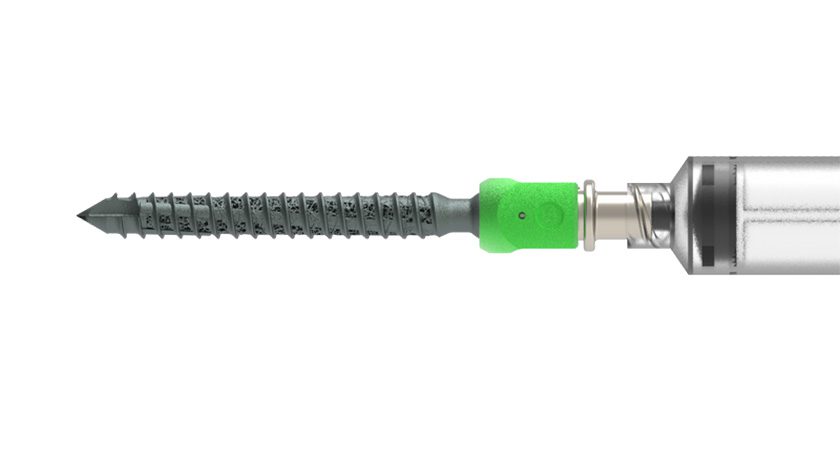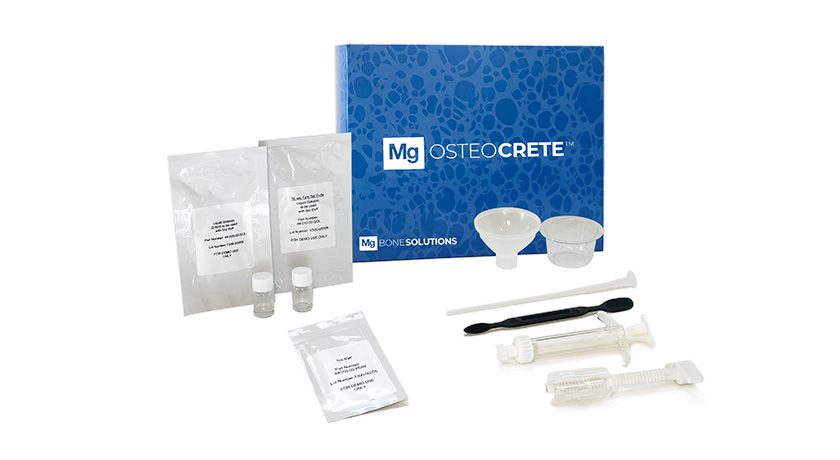

 Copy to clipboard
Copy to clipboard 
Bone Solutions was awarded its fifth U.S. patent this year related to Mg OSTEOCRETE, relating to current and future configurations, as well as novel delivery systems for the proprietary magnesium-based technology.
Mg OSTEOCRETE and Mg OSTEOINJECT (an injectable version of the product) are fast-setting bone substitutes that remodel into bone over time through creeping substitution, meaning they provide needed support to the defect or void during the healing process while transforming into bone at an optimal rate.
The magnesium component of Mg OSTEOCRETE is the significant differentiator from other bone substitutes on the market. The crystallization reaction from magnesium oxide and the blend of phosphate-based materials allows for ideal osteoconductivity of the product. As a result, Mg OSTEOCRETE and Mg OSTEOINJECT set and cure in situ without migration. The material stimulates cell adhesion, proliferation, and formation of the bone extracellular matrix by osteoblast cells, thus promoting bone growth.
Ready for use after only 30 seconds of mixing, the material is moldable or injectable and is cohesive and adhesive to the area it fills. Once implanted, the material sets quickly, is drillable after only two minutes, and is also radiopaque.
“We are pleased to announce the addition of five new patents supplementing our various technologies, ensuring our continued growth and profitability for the company’s future,” said Drew Diaz, CEO of Bone Solutions. “By leveraging our existing technology, Bone Solutions is furthering its mission to improve patient outcomes through our superior magnesium-based orthopedic solutions.”
Source: Bone Solutions Inc.
Bone Solutions was awarded its fifth U.S. patent this year related to Mg OSTEOCRETE, relating to current and future configurations, as well as novel delivery systems for the proprietary magnesium-based technology.
Mg OSTEOCRETE and Mg OSTEOINJECT (an injectable version of the product) are fast-setting bone substitutes that remodel into bone...
Bone Solutions was awarded its fifth U.S. patent this year related to Mg OSTEOCRETE, relating to current and future configurations, as well as novel delivery systems for the proprietary magnesium-based technology.
Mg OSTEOCRETE and Mg OSTEOINJECT (an injectable version of the product) are fast-setting bone substitutes that remodel into bone over time through creeping substitution, meaning they provide needed support to the defect or void during the healing process while transforming into bone at an optimal rate.
The magnesium component of Mg OSTEOCRETE is the significant differentiator from other bone substitutes on the market. The crystallization reaction from magnesium oxide and the blend of phosphate-based materials allows for ideal osteoconductivity of the product. As a result, Mg OSTEOCRETE and Mg OSTEOINJECT set and cure in situ without migration. The material stimulates cell adhesion, proliferation, and formation of the bone extracellular matrix by osteoblast cells, thus promoting bone growth.
Ready for use after only 30 seconds of mixing, the material is moldable or injectable and is cohesive and adhesive to the area it fills. Once implanted, the material sets quickly, is drillable after only two minutes, and is also radiopaque.
“We are pleased to announce the addition of five new patents supplementing our various technologies, ensuring our continued growth and profitability for the company’s future,” said Drew Diaz, CEO of Bone Solutions. “By leveraging our existing technology, Bone Solutions is furthering its mission to improve patient outcomes through our superior magnesium-based orthopedic solutions.”
Source: Bone Solutions Inc.

You’ve reached your limit.
We’re glad you’re finding value in our content — and we’d love for you to keep going.
Subscribe now for unlimited access to orthopedic business intelligence.
JV
Julie Vetalice is ORTHOWORLD's Editorial Assistant. She has covered the orthopedic industry for over 20 years, having joined the company in 1999.


